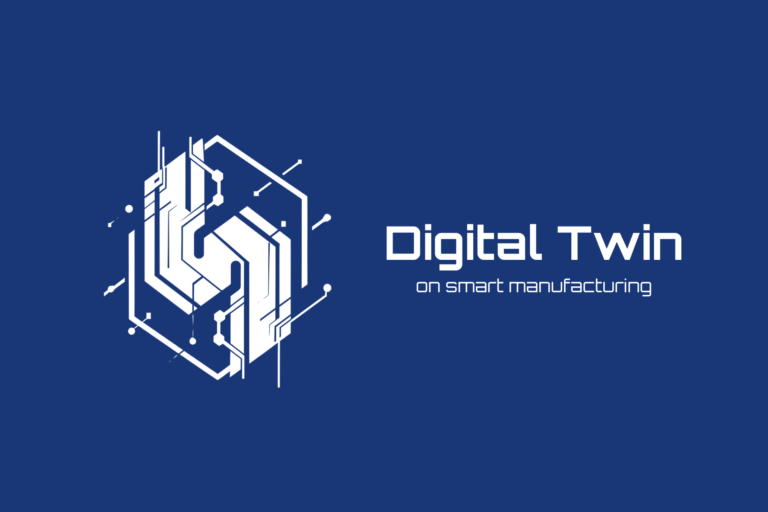In the world of Industry 4.0, operator and maintenance technician training is undergoing a radical transformation thanks to the integration of virtual reality (VR) and Digital Twin technology.
At the heart of this revolution is the Meta Quest 3, an advanced, lightweight, wireless VR headset that enables high-fidelity immersive experiences.
But what happens when it’s combined with a digital replica of an industrial plant?
Here’s an overview highlighting the benefits of the synergistic use of these technologies.
🔧 Immersive and Interactive Training
Immersive training is a teaching method that uses virtual reality to recreate realistic, interactive environments where users can:
- Learn by doing
- Simulate complex or hazardous scenarios
- Repeat procedures in complete safety
With Meta Quest 3, this experience becomes even smoother thanks to its high resolution, precise tracking, and mixed reality capabilities.
When used together with a Digital Twin—a dynamic digital replica of a plant, machine, or process—it enables contextual training based on real-time data and realistic scenarios.
With Meta Quest 3, operators can:
- Virtually explore the entire plant, even before physically entering it
- Interact with simulated machinery in realistic environments
- Perform step-by-step maintenance procedures in complete safety
🎯 Key Benefits
1. Reduced Training Time
Operators learn faster through experiential learning and the safe repetition of even highly complex scenarios.
2. Enhanced Safety
Emergency situations (e.g., hazardous liquid leaks, equipment failures, fires) can be simulated without any real-world risk, improving readiness when such issues occur in reality.
3. Standardized Skill Development
All operators receive the same training, with performance tracking and immediate feedback.
This also allows for proper evaluation of individual performance, making it easier to assign roles based on developed competencies.
4. Predictive and Guided Maintenance
Maintenance technicians can view the real-time status of machines in VR (thanks to IoT data) and receive visual instructions for highly effective interventions.
🏭 Practical Example: Confectionery Production Plant
A food company can create a Digital Twin of its preparation and packaging line and use it with Meta Quest 3 to:
- Train new operators on startup, operation, and cleaning of preparation systems and packaging machines, using both real-time sessions and pre-recorded tutorial videos that can be viewed on demand without the headset
- Simulate common faults and teach proper intervention procedures in various contexts
- View real-time production and maintenance data to monitor critical parameters and maintain or improve product quality
- In the event of a component failure—such as a valve in a large preparation system—HMI and SCADA systems may display the alarm cause and identify the valve label and its location on a P&ID. However, this doesn’t help much in physically locating the component.
With Meta Quest 3 and Digital Twin software, the actual location of the component can be visualized, speeding up maintenance even for personnel unfamiliar with the plant layout.
🧠 Integration with Enterprise Systems
The system can be connected to:
- ERP and MES platforms to synchronize orders and processes
- Automation systems (PLC and SCADA) to test critical control procedures and support learning for both operators and maintenance staff
- IoT platforms to update the Digital Twin in real time
- LMS (Learning Management Systems) to track training progress
🚀 Conclusion
The combination of Meta Quest 3 and Digital Twin represents a breakthrough in industrial training: more effective, safer, and more engaging.
In a context where technical skills and adaptability are crucial, this technology offers a tangible competitive advantage.
It’s not just about technology—it’s a paradigm shift: learning in an immersive, safe, personalized, and real-world-connected way.
🧠 Future Implementations
To further enhance the effectiveness of this maintenance approach, it would be extremely valuable to use the Meta Quest headset in Augmented Reality (AR) mode—that is, to overlay the Virtual Reality simulation data from the Digital Twin onto the real-world environment.
This way, a maintenance technician moving through the plant could, for example, see the fill level of a tank just by looking at it, or view electrical schematics while inspecting a faulty component that needs replacement.
This technology is not yet available through standard applications, but all signs suggest it will be implemented in the near future.






